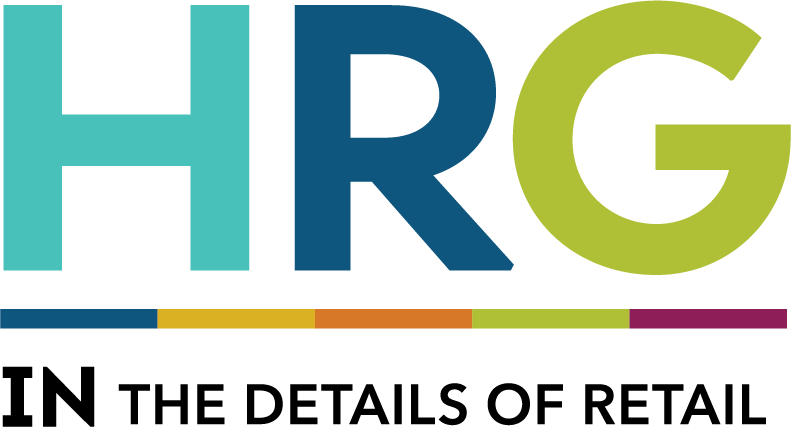by Dave Wendland, vice president strategic relations, for Retail Environments
Sustainability is most often defined as the avoidance of the depletion of natural resources in order to maintain an ecological balance. Informally, the three principles forming its foundation are profit, people, and the planet. A good product is no longer enough to win a consumer’s favor. Shoppers are seeking much more than just features and benefits. Rather, they are looking for quality products and brands that align with their personal values.
During recent years, consumers have acted on their desire for more sustainable products, and sales data show that they’re using their spending power to effect change. The size of the sustainability market continues to grow, with Nielsen estimating the U.S. market will reach $150 billion by 2021. Given growing interest among shoppers and continued growth of the market, brands and retailers alike would do well to understand what attributes matter most to consumers and commit to delivering the sustainable traits they’re seeking.
In fact, the Nielsen study reveals that nearly half of Americans say they would likely change their consumption habits to reduce their impact on the environment. A more recent survey conducted by Kearny found that more than eight in 10 consumers take the environment into consideration when making purchases.
Consumer demand
For many shoppers, selecting a sustainable product has become a priority. People buy designer handbags not only because they like the style, but also because of what it conveys to the world when it’s on their arm and the social status the product implies. Prius owners proudly reported that the primary reasons for purchasing the car are because it “makes a statement about me” and that “it shows the world that its owner cares.” Such is the case with sustainability: Consumers are proud of the personal commitment and stance they have exercised  regarding the environment and the planet as a whole.
regarding the environment and the planet as a whole.
In particular, plastics have fallen out of favor for consumers in recent years. But alternatives may be more expensive than traditional packaging options and tend to be less effective. With those trade-offs in mind, companies are grappling with a delicate balance, coupled with stringent regulations that are expected by 2025.The Kearny study also found that companies could be doing more to clearly explain the environmental impact of their products. Additionally, pro-environmental impacts should be considered when it comes to packaging, promotional materials, displays, and shipping containers.
Some organizations have experimented with and continue to unveil reusable packaging and/or containers that lend themselves to refilling, along with improved upcycling in their design. In these cases, consumer adaption will support their commitment to sustainable practices.
Considerations for brands
From a promotional standpoint, COVID-19 has accelerated some retailers’ move away from traditional circulars toward digital marketing. Properly executed, such a move lends itself to more personalized promotional efforts and is more ecofriendly.
Displays are yet another area for both brands and retailers to consider. Reducing the size of the physical footprint results in less material. Engineering the display to be more efficiently produced can reduce the overall investment while creating a more sustainably produced solution.
Finally, and especially in light of increased e-commerce and direct-to-consumer demands, shipping containers and boxes should be evaluated. Exchanging disposable pallets, boxes, and shipping containers with reusable alternatives can all make a significant difference.Another consideration with fixtures and displays is reusability. When properly tracked, pieces, parts, and graphics that may be suitable for reuse at retail can be implemented accordingly, thus reducing unnecessary waste and unintended consequence associated with disposal of obsolete materials. Freight costs can also be reduced by minimizing shipments of duplicate parts and pieces.
Companies that commit to organizing their operations and overall messaging with a focus on sustainability may be the clear winners in the future. An increasing number of organizations realize that building trust and transparency across their entire system is not only a differentiator – it is also the right thing to do.
